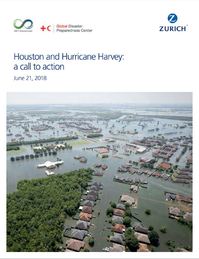Houston and Hurricane Harvey: a call to action
| Author: | Norton, R; MacClune, K; Venkateswaran, K; Szönyi, M; Zurich Insurance; ISET International; International Federation of Red Cross and Red Crescent Societies; Global Disaster Prepardness Centre |
| Language: | English |
| Published By: | Zurich Insurance |
| Published date: | June 2018 |
×
Thank you for recommending this resource.
Share your resources

Are you working to better understand and build community climate resilience? Others can benefit from your knowledge.
Do you have any question?

Do you need practical advice on something not currently included in the climate solutions catalogue?



Comments